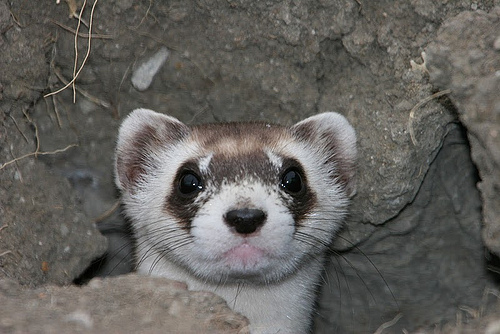
High Country News’s Goat blog says that things are looking up for black-footed ferret reintroductions. It says that safe harbor agreements and new approval from the Colorado state legislature have opened new vistas for the species, which was once widespread across the West and then, in 1979, was thought to be extinct.
If you don’t know the black-footed ferrets’ saga already, the Goat blog has a nice summary, plus all the reasons why having new places to inhabit in Colorado is a good thing. The reintroductions began in late October.
Read the High Country News Goat blog entry, here.
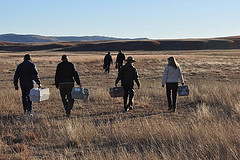
Photos: Ferret close up and transport to reintro site, courtesy U.S. Fish and Wildlife Service Mountain-Prairie Region.

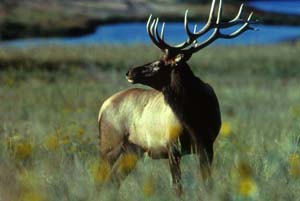
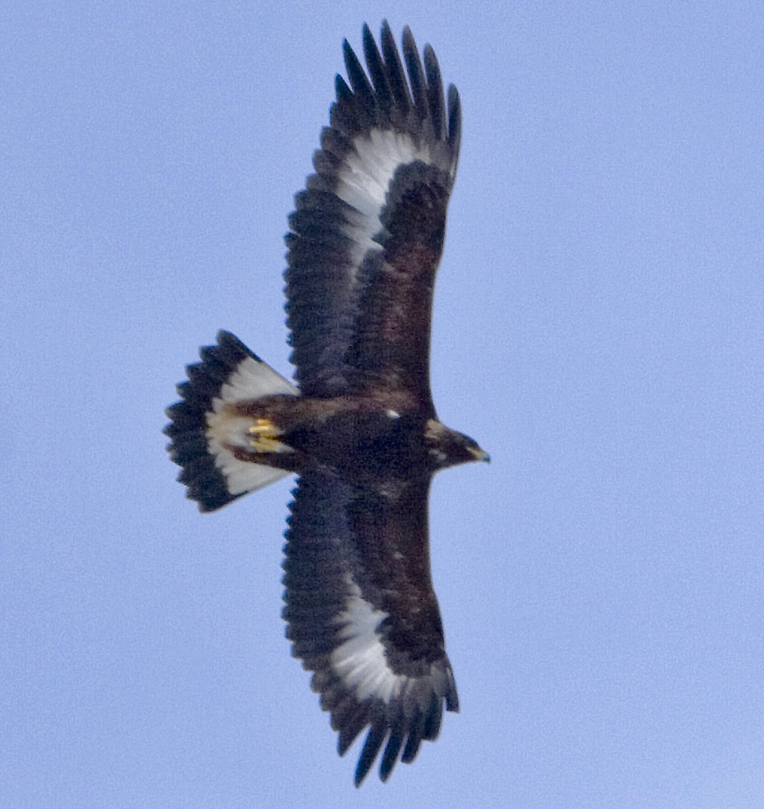 The Montana Audubon Society reports that the number of golden eagles migrating along Montana’s Bridger Mountains has declined 35 to 40 percent over the last 20 years, according to
The Montana Audubon Society reports that the number of golden eagles migrating along Montana’s Bridger Mountains has declined 35 to 40 percent over the last 20 years, according to 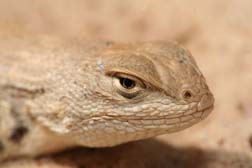 “Comptroller Susan Combs’ office, of course, knows doodly squat about lizards,” says a
“Comptroller Susan Combs’ office, of course, knows doodly squat about lizards,” says a 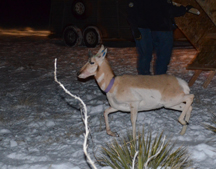 At Trapper’s Point in Wyoming, migrating pronghorns and mule deer are funneled by two rivers to 13-mile stretch of Highway 191, where they attempt to cross. Each year they endanger their own lives crossing the highway, and human lives as well,
At Trapper’s Point in Wyoming, migrating pronghorns and mule deer are funneled by two rivers to 13-mile stretch of Highway 191, where they attempt to cross. Each year they endanger their own lives crossing the highway, and human lives as well, 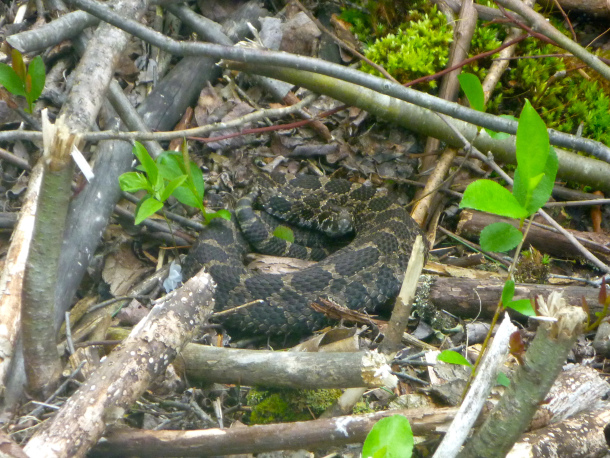 Three years of research, more than $60,000 in funding, and continual habitat manipulation is the secret to resurrecting a degraded swamp in New York into basking habitat for one of the state’s slithering residents.
Three years of research, more than $60,000 in funding, and continual habitat manipulation is the secret to resurrecting a degraded swamp in New York into basking habitat for one of the state’s slithering residents.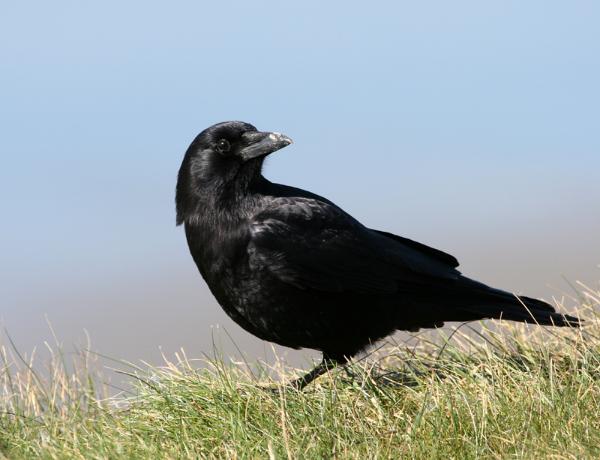 Antibiotic resistance isn’t just for humans and farm animals. An article in
Antibiotic resistance isn’t just for humans and farm animals. An article in